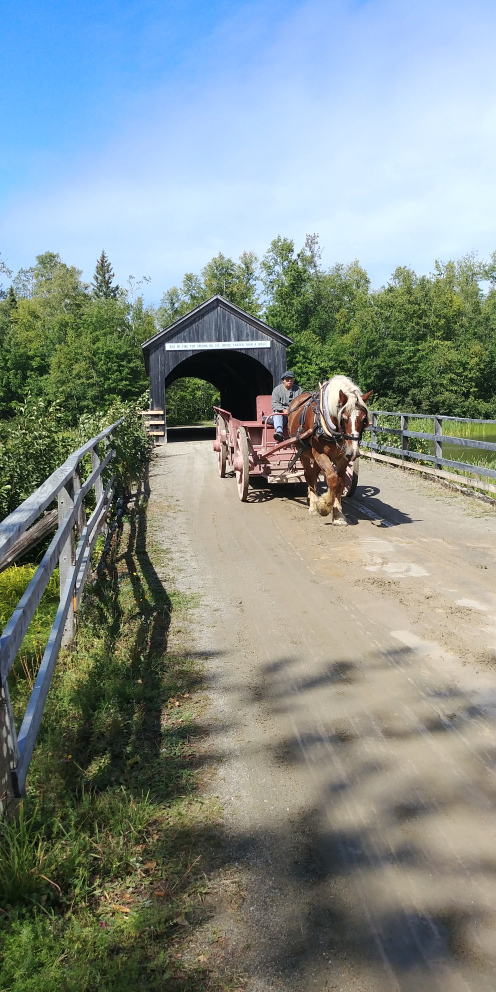Let this New Brunswick Travel Guide be your guide when planning for your next trip to Canada. If you haven’t been to this region, it’s a stunner. The New Brunswick region is loaded with history, culture and natural beauty.

I’ll be honest with you – I used to dread taking a Canadian History Class in college. Sitting in a lecture hall and learning about my own country didn’t fascinate me at all. But to earn my history degree, it was mandatory. Since then, I’ve traveled extensively through Canada and learned more about what my own backyard is all about.
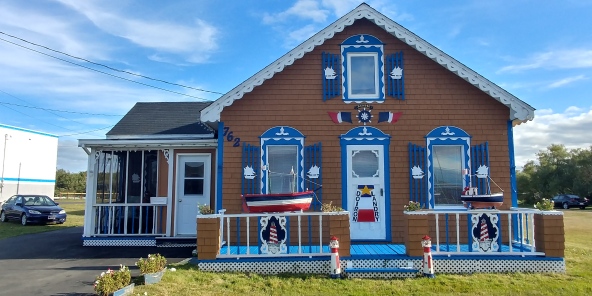

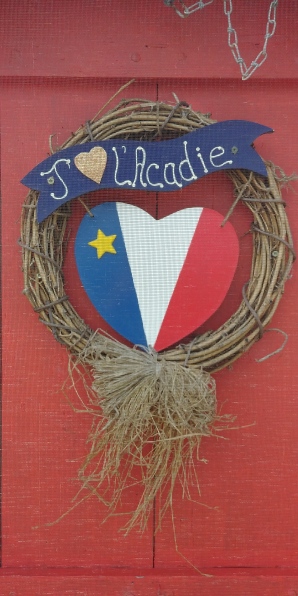
New Brunswick Travel Guide
It was tough to narrow it down but I’ve put together a list of 10 travel, food and cultural joie-de vivre experiences that will inspire you to travel to and rediscover this gorgeous corner of Canada where history comes alive with every twist and turn of the coast. Here’s your New Brunswick Travel Guide top picks.
Le Pays De La Sagouine
Translated from French, the ‘Country of the Washerwoman’ gives visitors a chance to step back in time and into a reproduction of a prohibition-era fishing village inspired by novelist, Antonine Maillet, and her most celebrated character, La Sagouine (aka The Washerwoman).
A cast of costumed characters perform entertaining interactive plays and musical performances that will not only teach you more about Acadian culture but make you laugh and dance along the way.
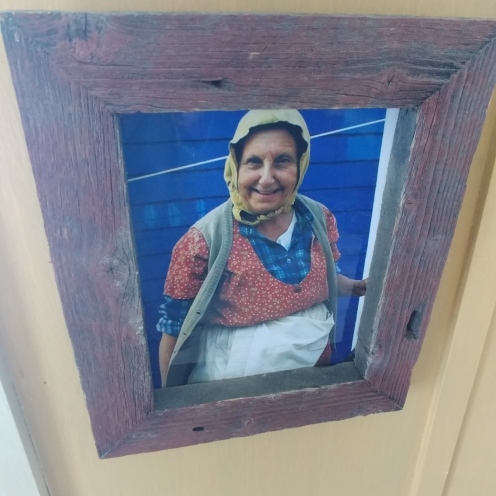
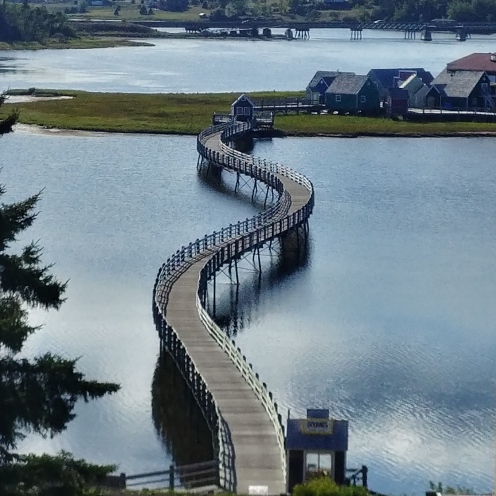
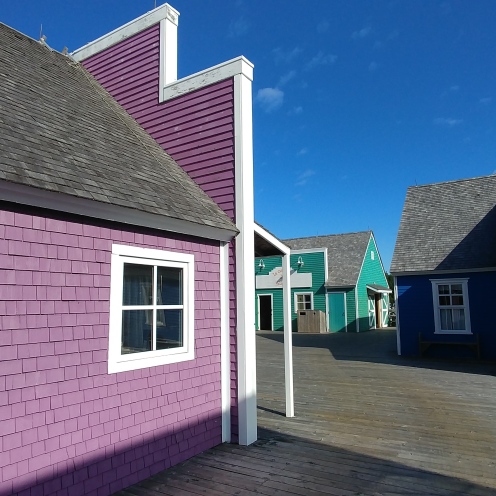
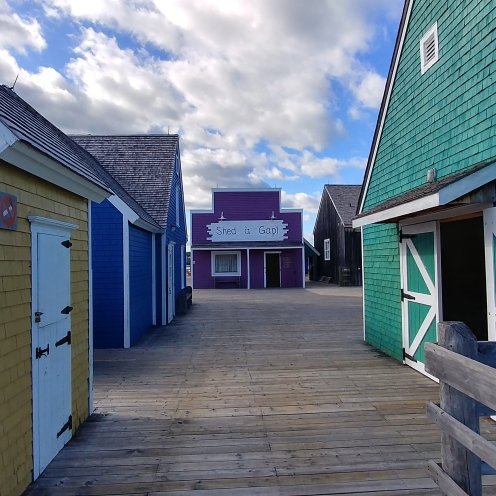
But that’s not all. Strap on an apron and get ready to make the famous pets-de-soeur, a traditional Acadian dessert using recipes that have been passed down several generations. It’s hands-on so expect to help measure the flour and roll the dough all while a fiddler plays Acadian music.
Le Pays de la Sagouine in Bouctouche, New Brunswick is an experience the entire family will enjoy.
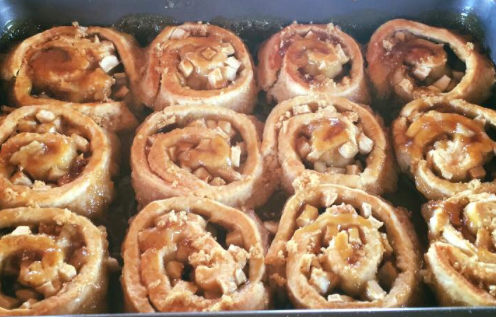
Photo by Le Pays De La Sagouine
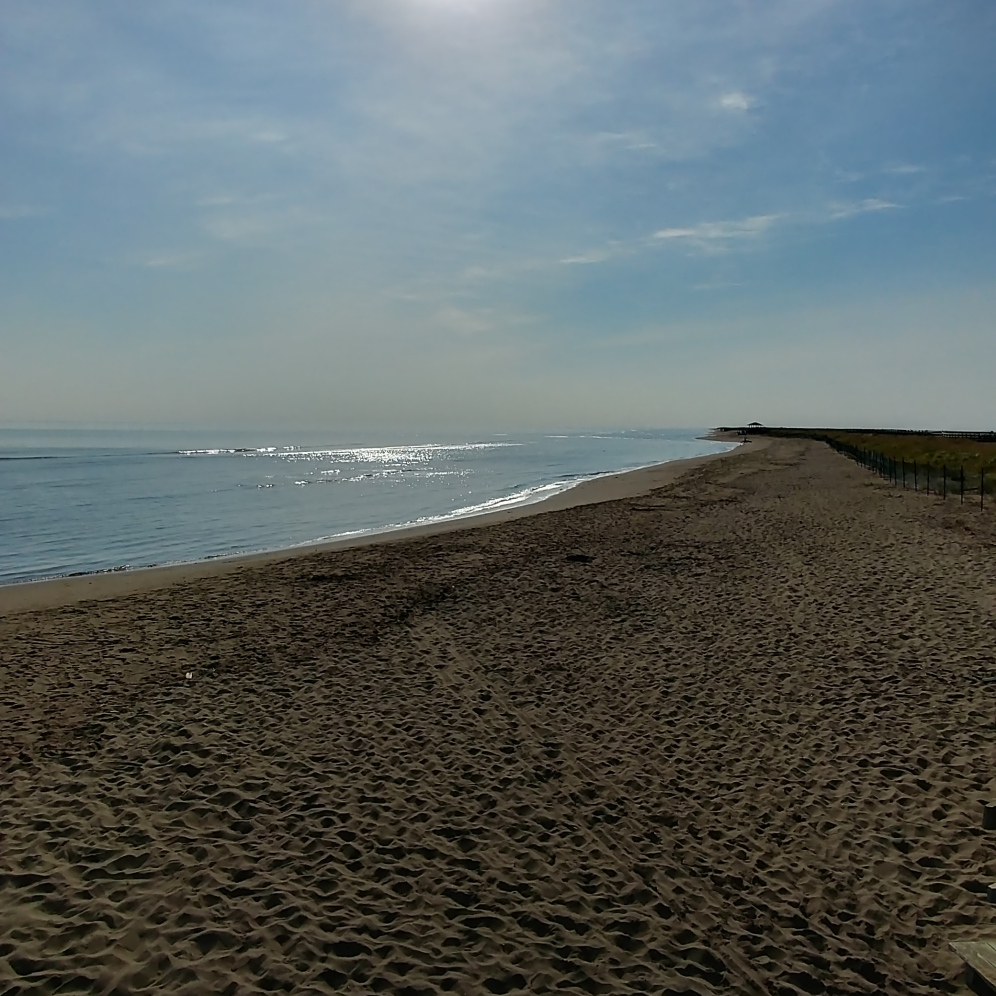
Bouctouche Dune
Up the road from Le Pays, you’ll find downtown Bouctouche, considered to be one of New Brunswick’s prettiest towns. A Mi’kmaq word meaning “Great Little Harbour”, Bouctouche is well-known for its incredible 12km long sand dune that changes shape after every storm.
View the dune from the lookout point or boardwalk or put a towel down and stretch your legs on the beach. Of note, domestic pets aren’t allowed on the site so as to protect fragile plant and animal life.



Miscou Island and the Lighthouse
A must for this New Brunswick Travel Guide is Miscou Island and the lighthouse. An old fishing base, Miscou Island was also one of the first places Jacques Cartier explored nearly 500 years ago.
The plot thickens when you consider the Indigenous population long believed a monster named GouGou inhabited the island.
More recently, the North American tourism industry not only recognized its stellar conservation efforts but Miscou Island has been described as “one of the single most beautiful spots in the world”. Its sand dunes and lagoons are home to a variety of birds, while kayaking, kite surfing and sport fishing are popular activities.
Meanwhile, sitting at the northeastern tip of New Brunswick is the 36 foot tall Miscou Island Lighthouse. Built in 1856, it’s a National Historic Site of Canada and open to the public.
The Acadian Village
I had no idea what I was getting myself into but once I got there, I had a hard time leaving. The Acadian Village is a living museum just outside of Caraquet, New Brunswick that illustrates the daily lives of the Acadians between 1770 and 1949.
Here, you’ll find nearly 50 historical buildings, each with a story and each occupied by interpreters in costume, ready to illustrate their craft. So real, I felt as if I had traveled back in time, experiencing Acadian life first-hand.
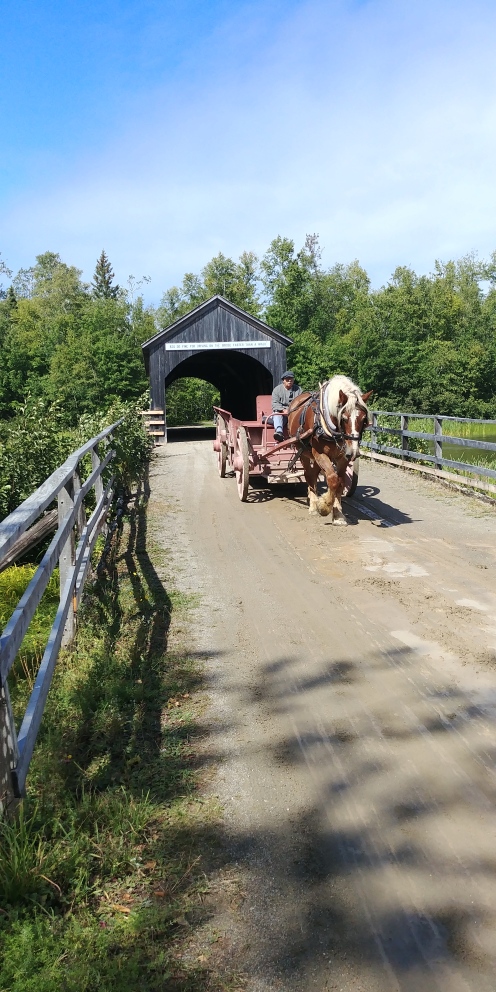
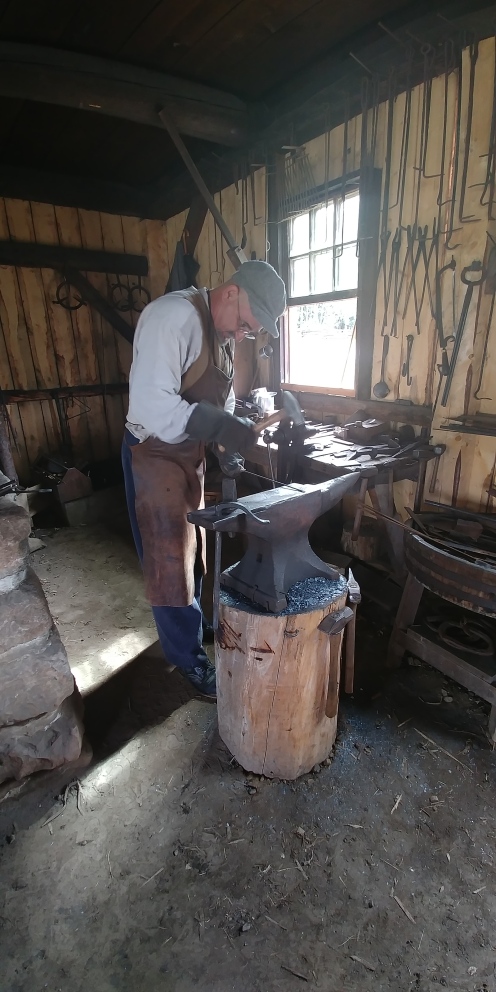
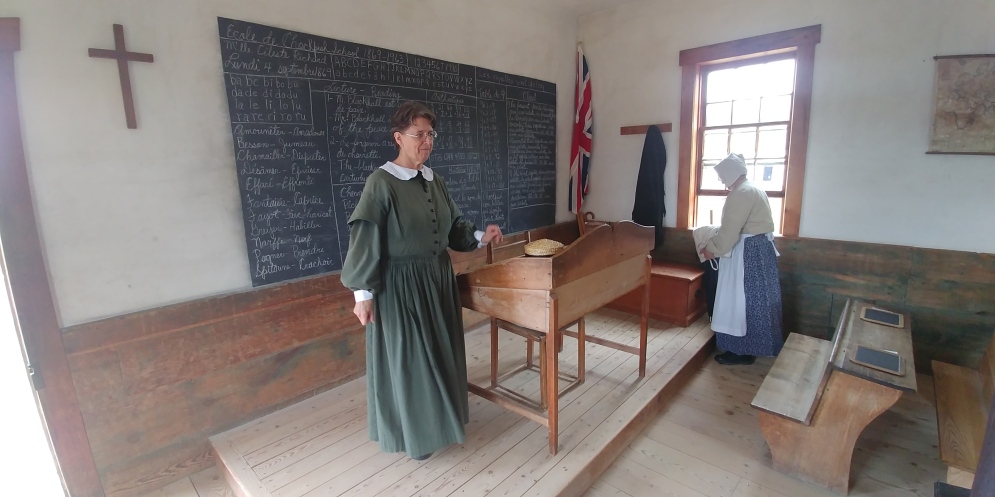
There are several things to see and do, including a cooking workshop with Madame Savoie. She gave me the tour of the 1861 replica house and explained where the family slept, how they lived during the long winters – all while we made meat pie, a dish Acadians have traditionally made for Christmas Eve celebrations. During my visit, she did all the work. I only pretended to know what I was doing.
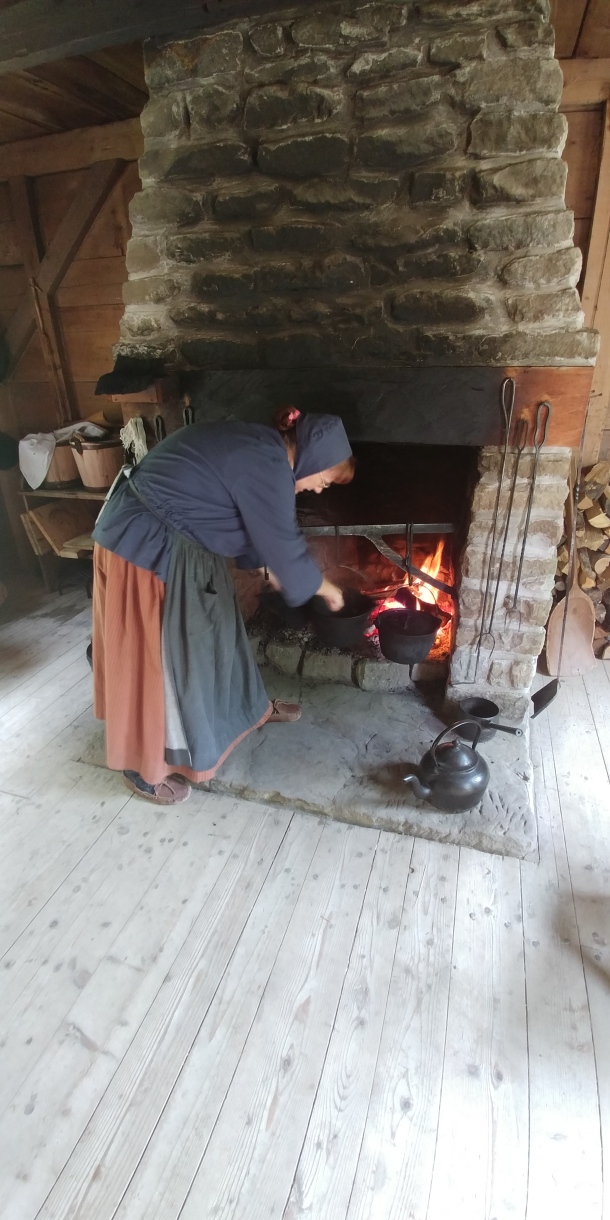
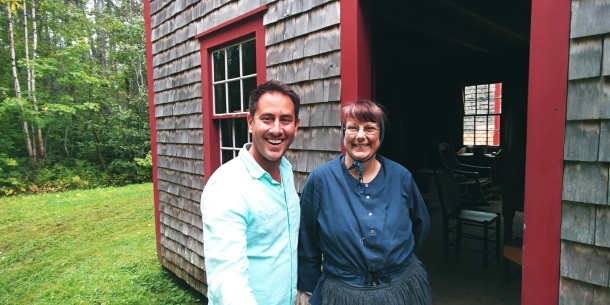

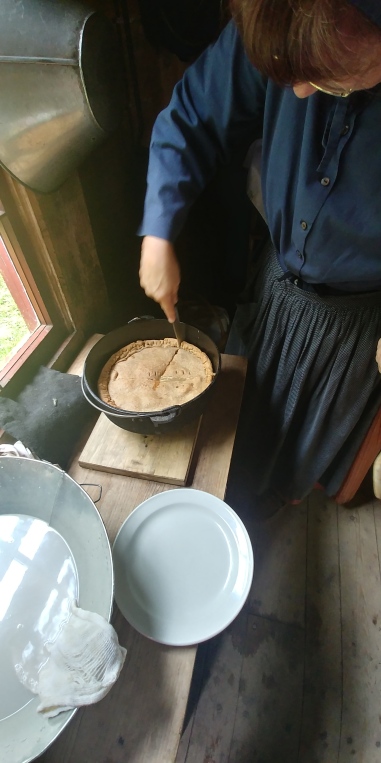
Meanwhile, the Village also has accommodations. L’Hôtel Château Albert is an accurate reproduction of a 1907 hotel in Caraquet and features 15 authentic, charming and beautiful rooms, each with its own style, antique furniture and decoration.
You won’t find televisions or telephones in the room but you will find a bar/restaurant in the lobby. There, you can order an Acadian drink called Pijoune, which is made with molasses, ground ginger, a pinch of gin and warm water. Sip it, don’t shoot it. Goes down easier.

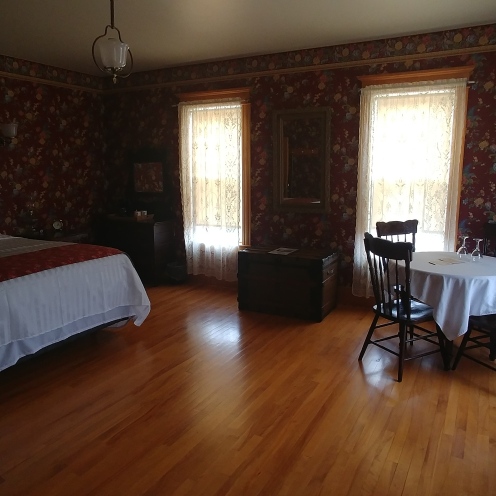

Speaking of Caraquet, if you’re lucky enough to be in the capital of Acadia in August, you can catch the Acadian Festival. Going strong for 55 years, it’s a celebration of everything Acadian with plenty of food, music and dance.
Fils Du Roy Distillery
At 14, much to his mom’s shock and surprise, he started to experiment with different chemical combinations and fermentation in his bedroom closet.
Three decades later, Mom and Son own and operate the first distillery in Acadia and one of the most popular businesses in New Brunswick. The Fils du Roy Distillery is full of charm that feels more like a family living room; and you’re always the guest of honour.
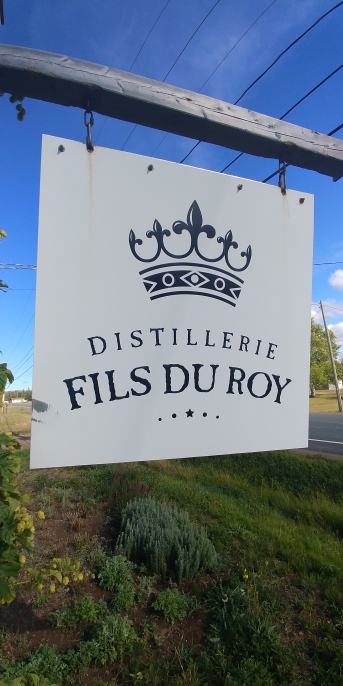
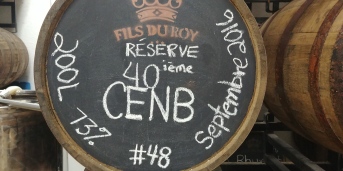

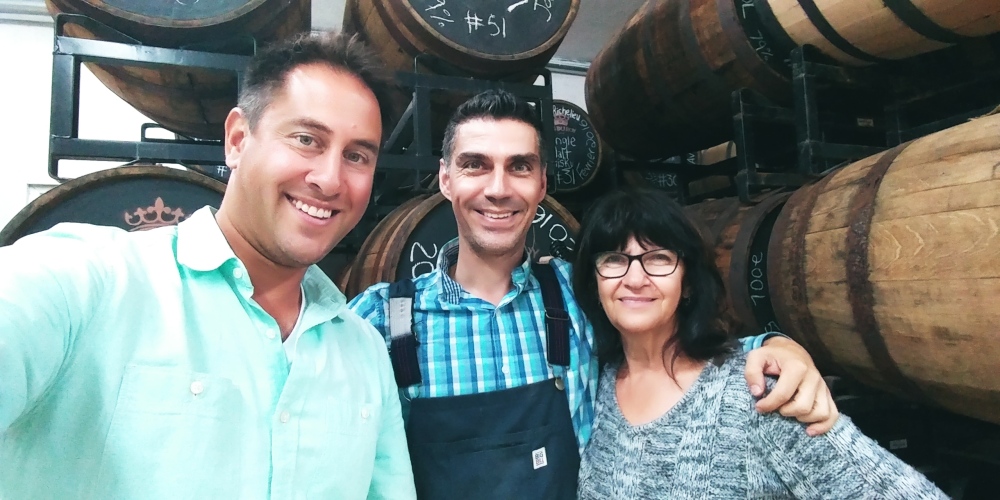
Kayaking at Grande-Anse
I don’t kayak often but when I do, I hope and pray the waters are calm. At least until I get the hang of it. On the morning I met with the duo from Kayak Peninsule, the waters were a bit choppy and I admit, being in a kayak freaked me out at first. But it didn’t take long before the guys put my mind at ease, showing me the ropes and guiding me along. Once comfortable, I was transfixed on Acadia’s rocky north coast terrain.
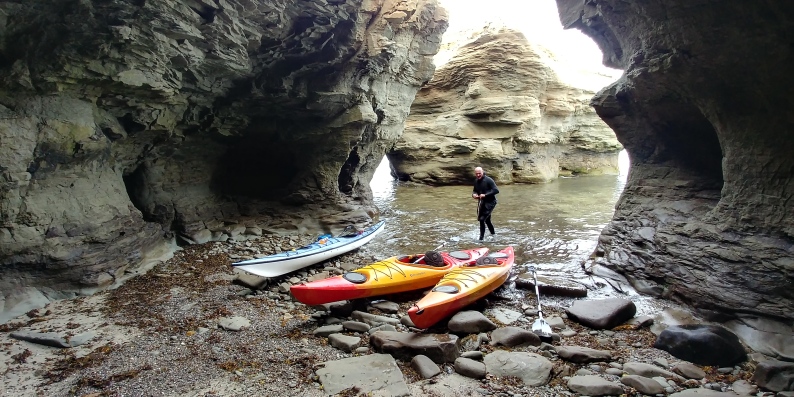

But this experience is more than kayaking. On this day, we caught fresh mussels, kayaked through caves to a nearby beach, set up a mini fire, seasoned them with butter and wine and steamed them to perfection. In one word: incredible!


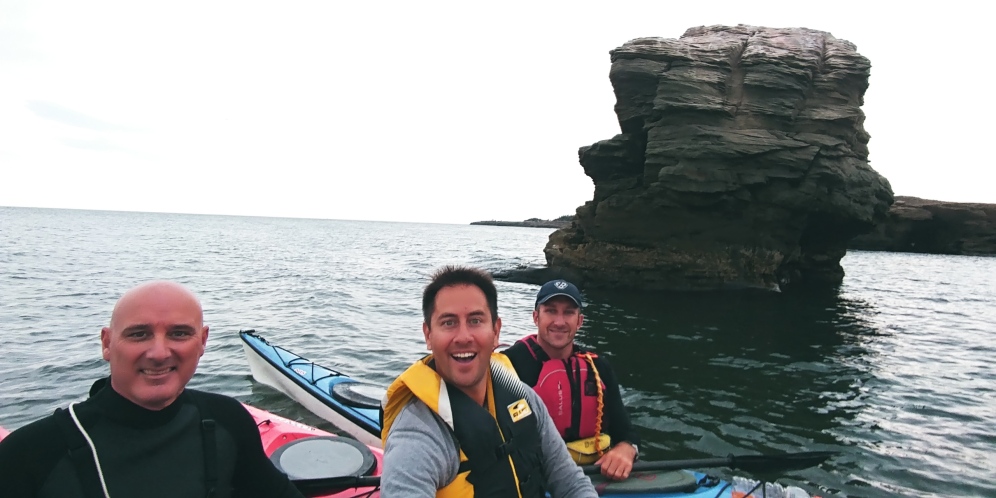
Sandy East Coast Beaches
With temperatures ranging between 18-25 degrees Celsius, the waters off New Brunswick’s east coast are among some of the warmest north of the Carolinas. Good thing there’s a bunch of sandy beaches to enjoy the warm ocean with.


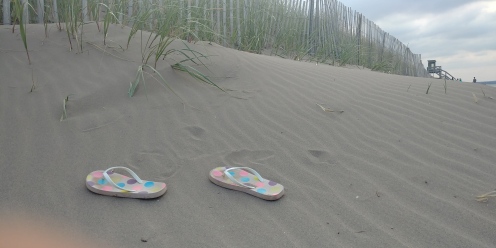
There’s several to choose from including Plage De L’Aboiteau in Cap-Pelé, Parlee Beach in Shediac (a fave with both locals and especially tourists) and Kelly’s Beach in Kouchibouguac National Park. All are gorgeous and may remind you of more tropical locales.
Kouchibouguac National Park
Speaking of Kouchibouguac, Kelly’s Beach is only one of many sites and activities in this gorgeous national park. Whether you hop into a replica Voyageur Canoe and paddle the same route the early settlers and First Nations did or watch a ceremonial dance and learn more about the Mi’kmaq traditions, you’ll definitely experience something unique and beautiful.

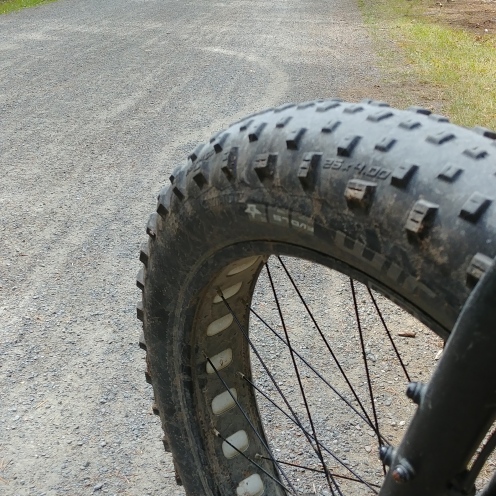
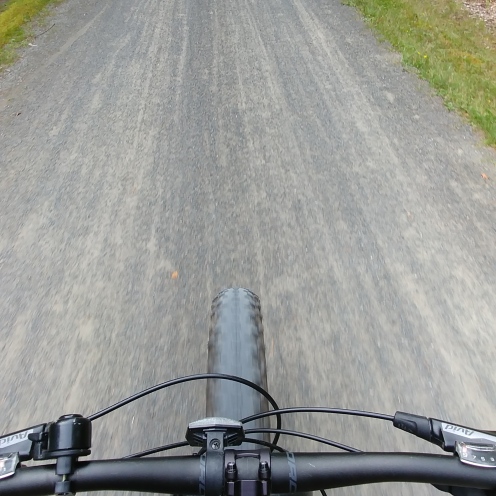
With 60 kilometres of trails around the park, it’s easy to find a hiking or biking path that will inspire you. If you’re feeling a bit more adventurous, try renting a fat bike.
It takes a bit of getting used to but once on it, the ride was that much lighter and enjoyable. An increasingly popular physical activity, fat bikes are great for navigating through snow but also on gravel-topped trails through Acadian woodland such as the ones in the park.
Shediac Bay Lobster Cruise
Shediac, New Brunswick is the lobster capital of the world. Only fitting that it’s home to the world’s largest lobster. Made out of concrete, it’s 36 feet long and weighs 90 tonnes. Big, sure. But the roadside attraction doesn’t measure up to the experience you’ll have with Shediac Bay Cruises.
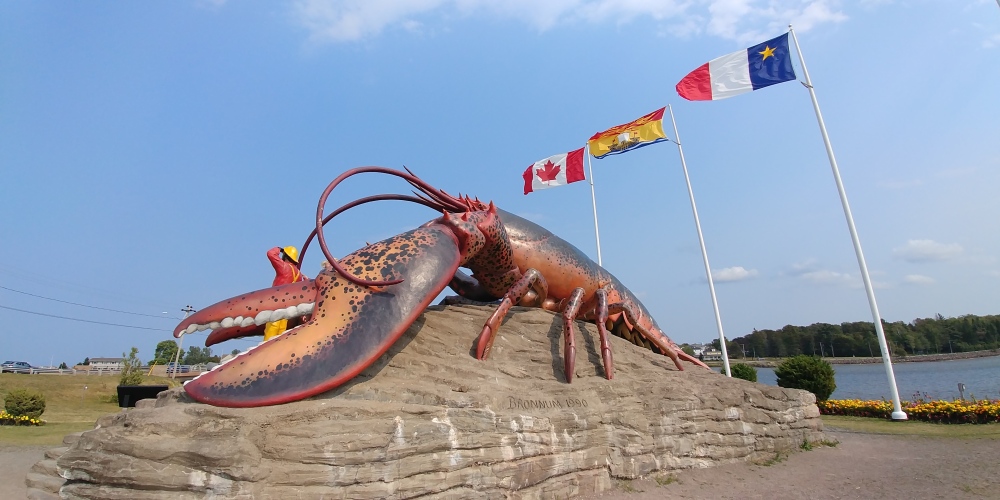
Ron Cormier, a retired lobster fisherman with 29 years experience, is an excellent storyteller. These days, he and his wife Denise run a very fun, entertaining and educational ship. I hopped aboard the Ambassador, their 53-foot vessel with an open mind and an empty stomach as we ventured out to sea and into the bay.
Ron explained the important role and impact lobster fishing has had on the community, delved into the fine art of trapping lobster, how to prepare and eat it the Acadian way.
Before long, you’re applying the how-to’s and getting your hands dirty as you eat your very own freshly caught and prepared lobster. This experience stimulated all five senses, made my mouth tired from laughing so much and left my stomach full with delicious lobster. A absolute must experience!
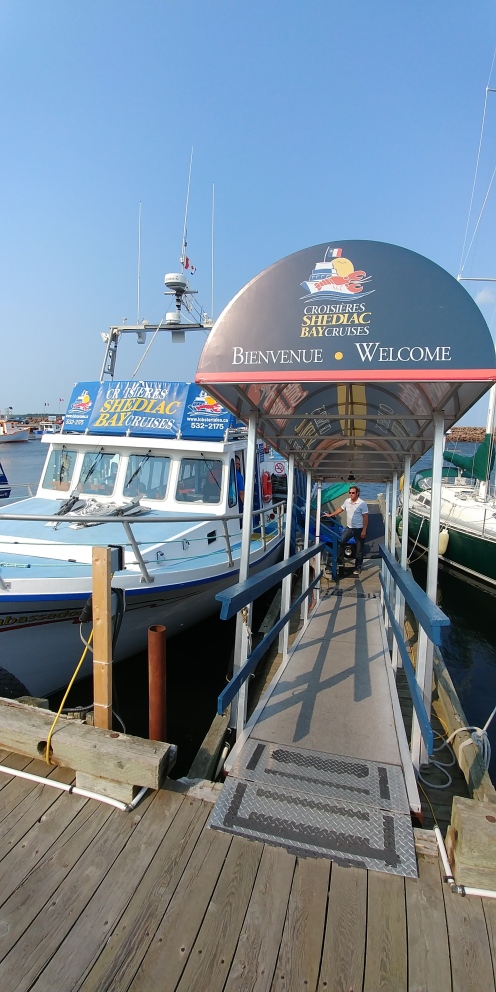
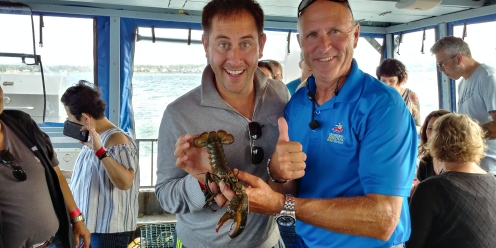
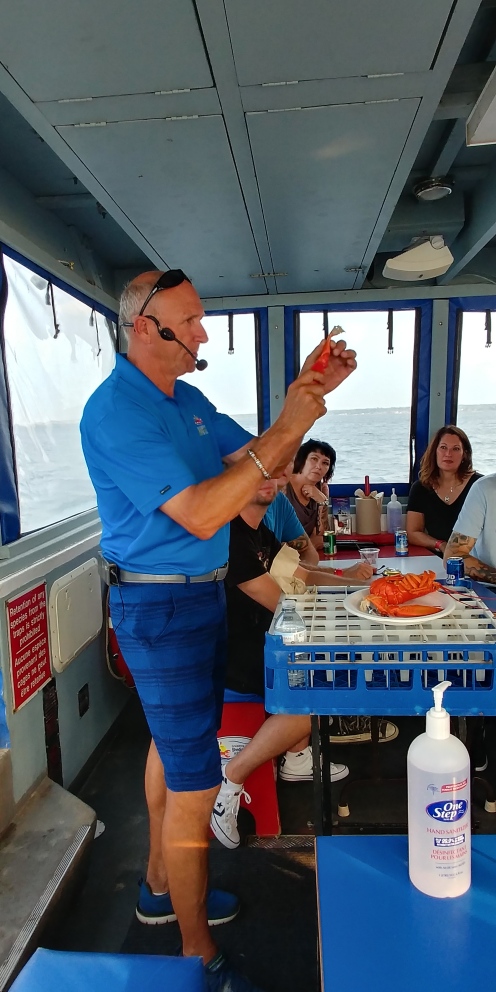
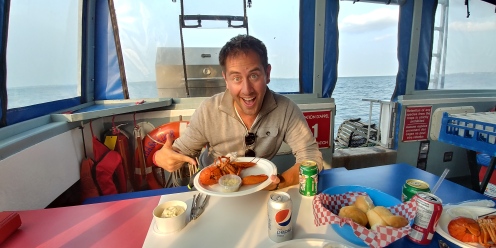
Seafood and Acadian Poutine
Unless your allergic, you really can’t come to New Brunswick and not have seafood. From seaside shacks to food trucks to casual fine dining restaurants, you’re guaranteed to get some of the freshest scallops, oysters, mussels, crab, shrimp and lobsters in the country.


Meanwhile, poutine râpée, aka Acadian Poutine is a boiled potato dumpling, stuffed with pork. Because it takes such a long time to make, it’s generally considered to be a dish for only special occasions and popular around the holidays. Personally, I loved it but it’s definitely an acquired taste for many which is why the râpée is sometimes topped with white or brown sugar and even maple syrup.
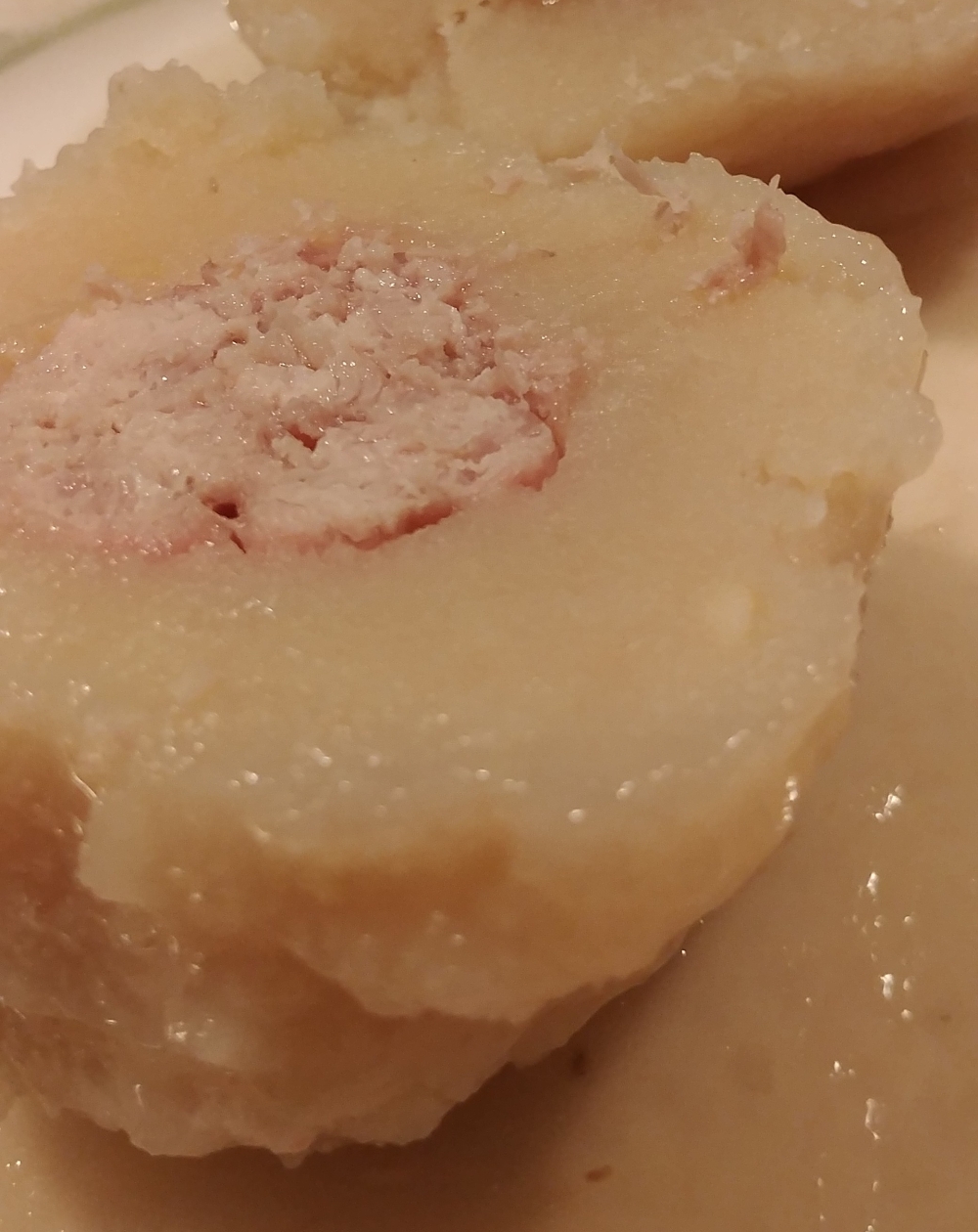
There you go. 10 joie-de-vivre Acadian experiences on this culturally rich New Brunswick Travel Guide that will leave you happy and full. If I had known that Canadian history was this captivating, engaging, full of intrigue and culturally delicious, I probably would have taken more than just the intro course.
Did I miss something in this New Brunswick Travel Guide? Have a comment or suggestion? Leave your comments below.

Jim Bamboulis has held several posts over the past 12 years, including National Sportscaster, Food Host and Writer, Talk Show Host, Olympic Researcher and Travel Film-maker.
Born and raised in Toronto, Jim learned early on that the combination of travel and food meant ultimate living. Combining his insatiable creative spirit and desire to document his travels, Jim took his unshakable travel bug and set off to explore. Add the fact that Jim also grew up in a Greek household and he learned that not only does Mom always make the best meals, but as importantly learned the importance of understanding and appreciating the countless beautiful cultures and the integral role food plays in every corner of the World.
In August 2009, Jim founded Travel Mammal, a site that brings together his travels and experiences (both good and terrifying) with the hope that others are inspired to share their own. We are all storytellers, especially when it comes to travel and food. He urges everyone to be inspired, explore and love the world and the people that share it with us. Or in other words, Live to Travel and travel to live!

